RARE! WWII 1943 "Type 1" Landing Craft Tank (LCT) Military Intelligence Combat Action 8x10 Photograph


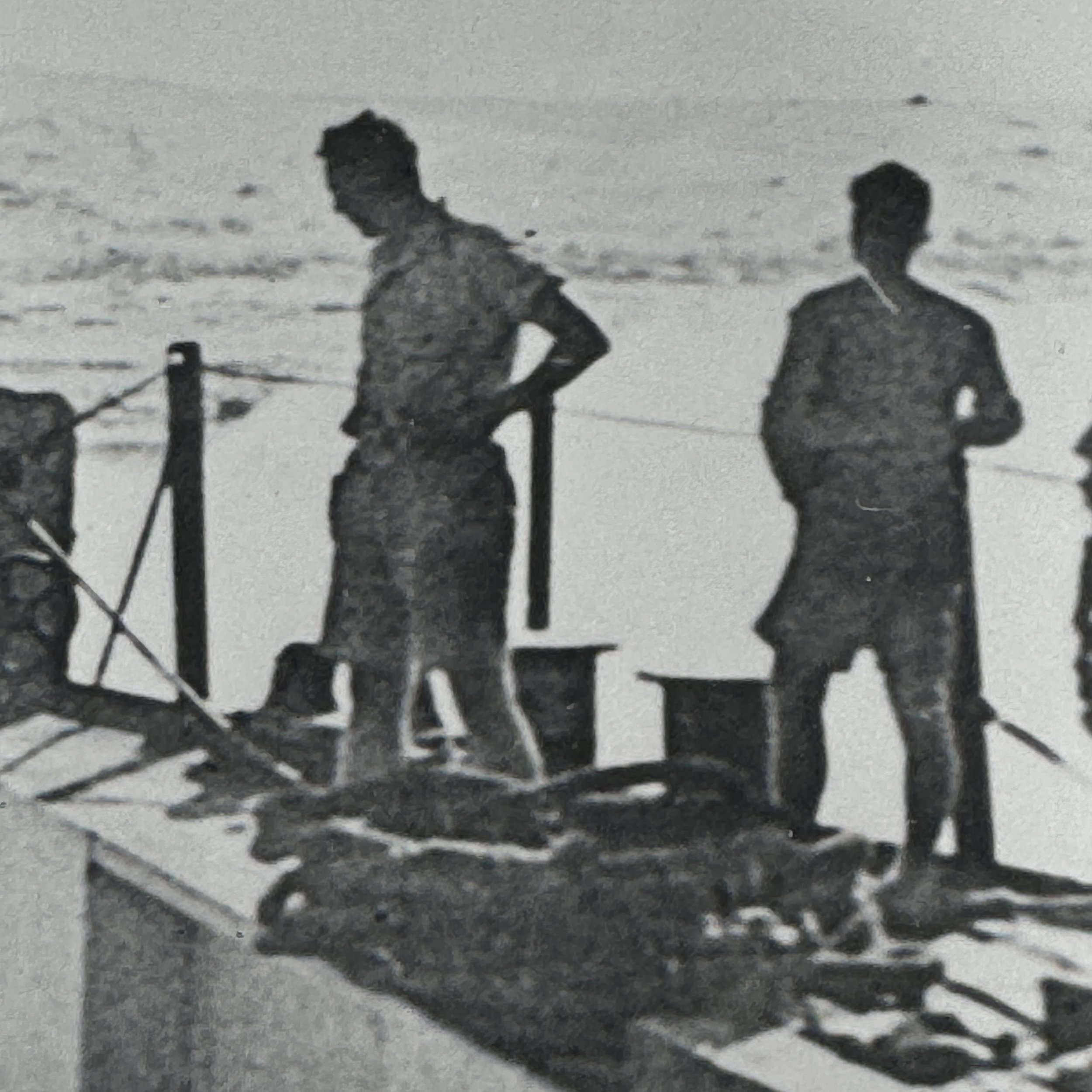




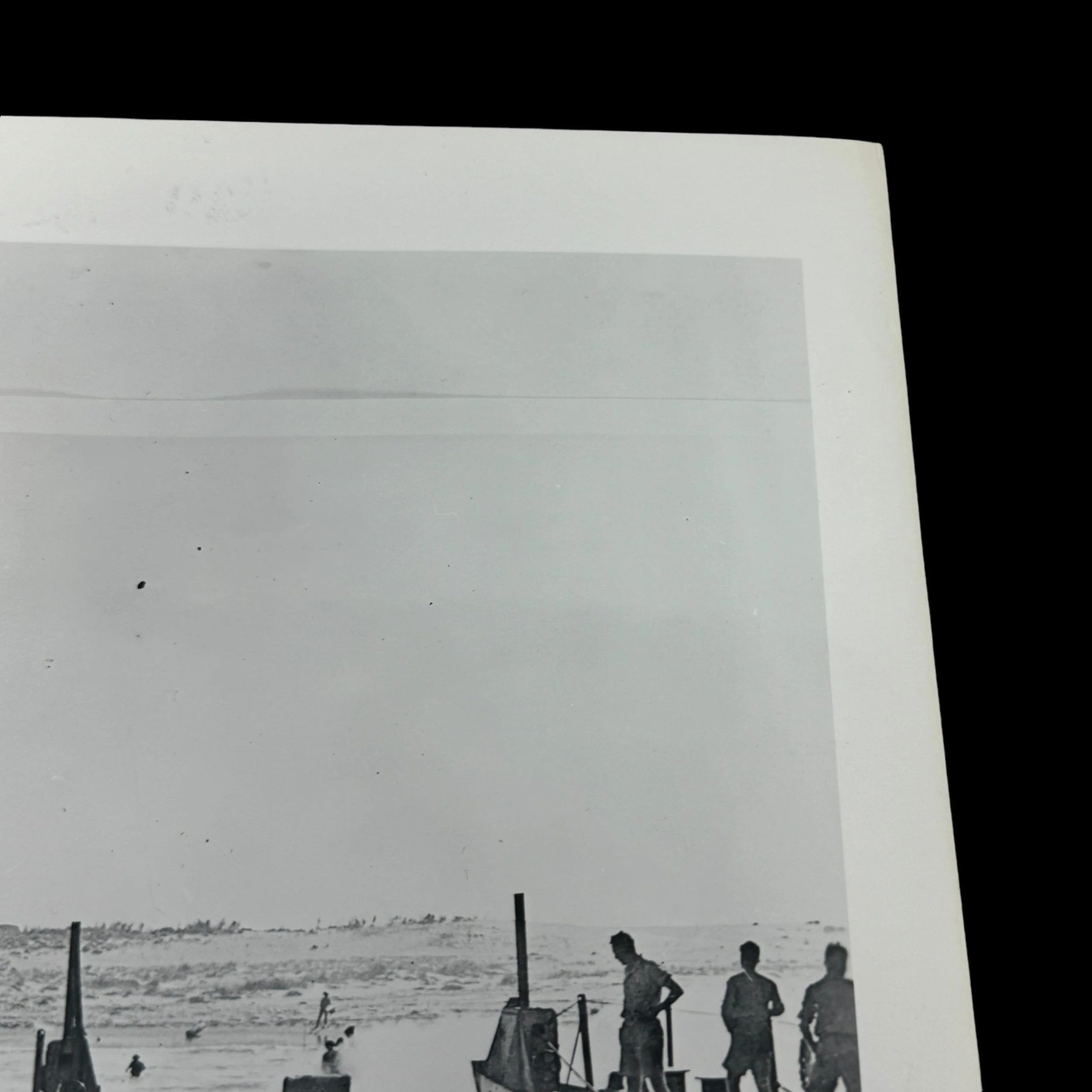
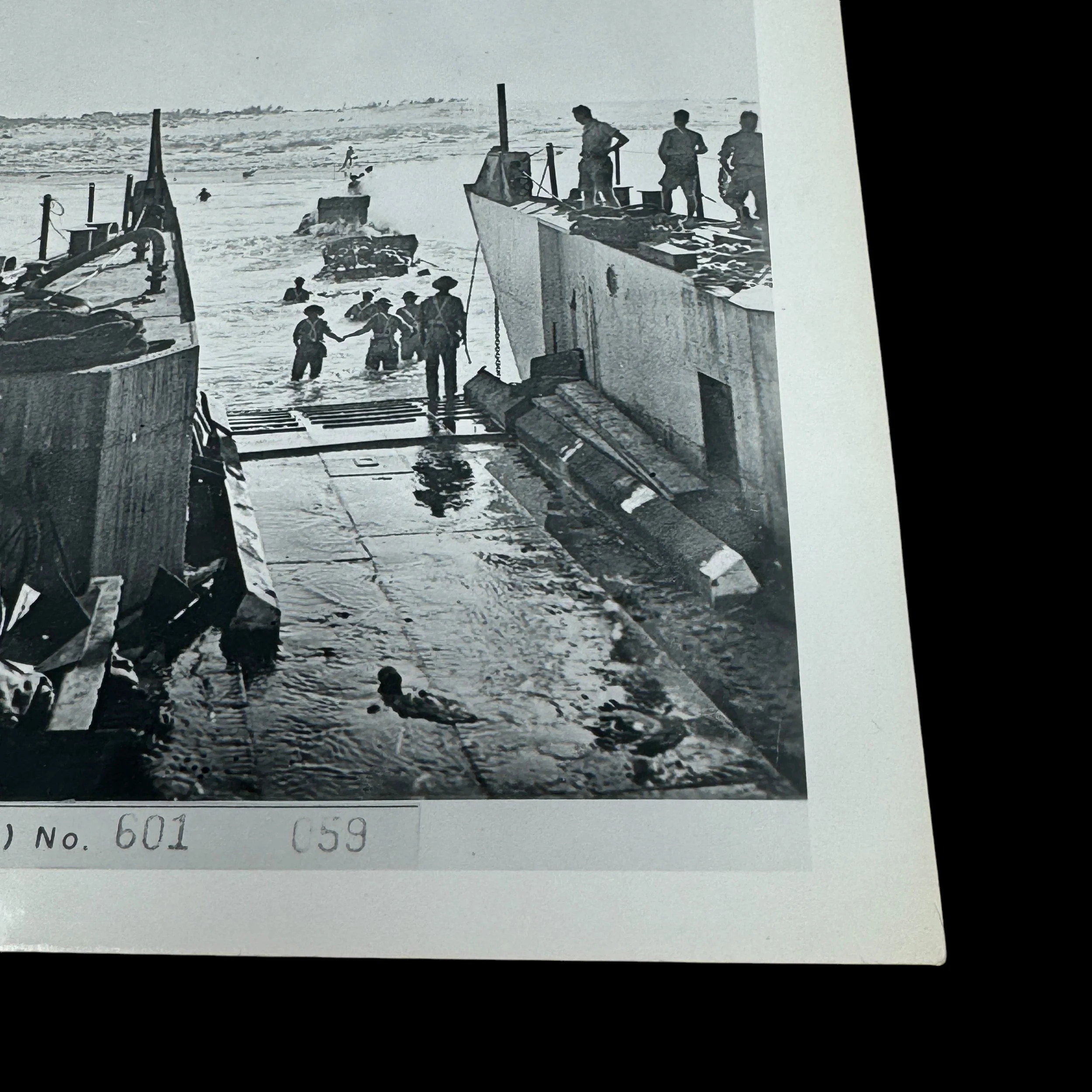
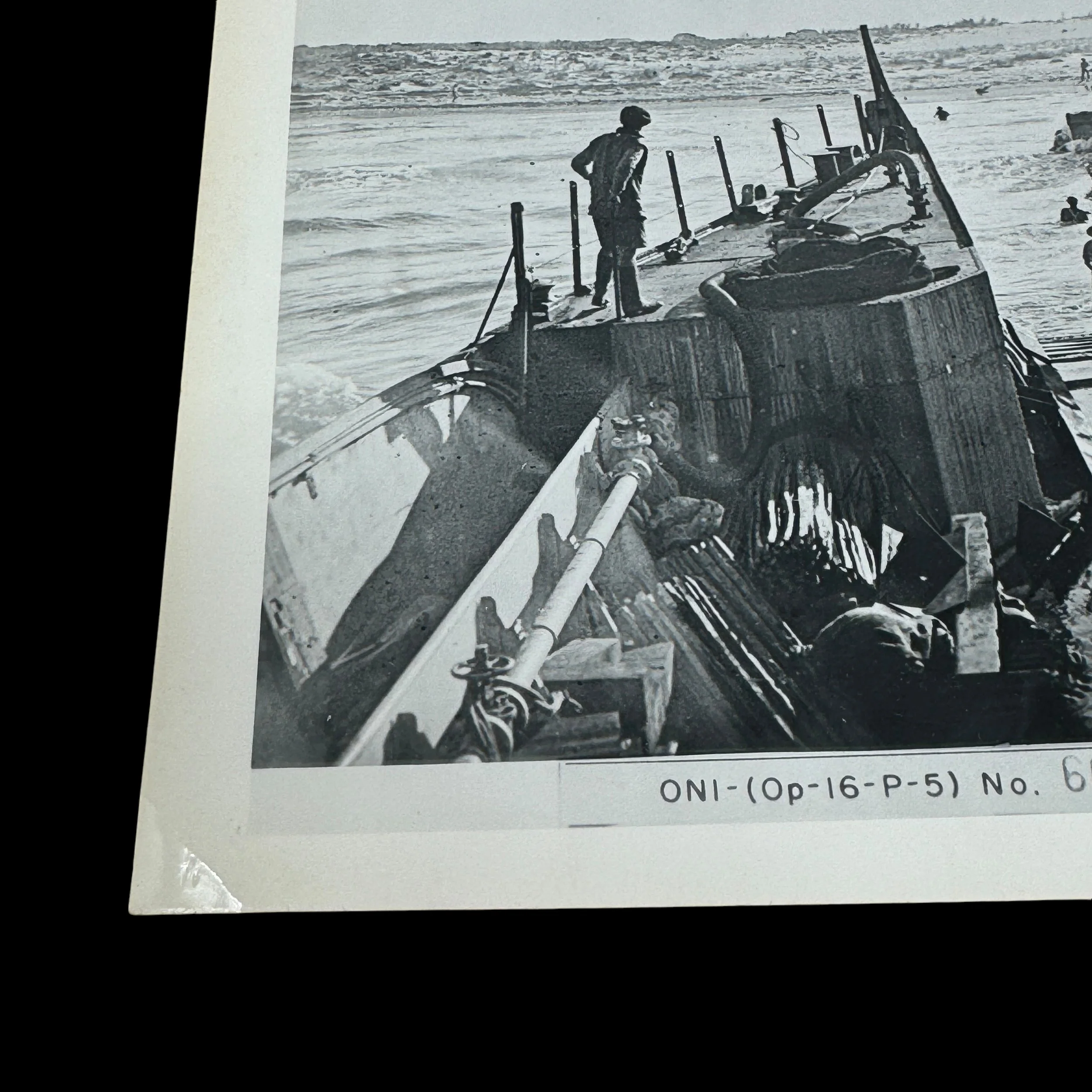
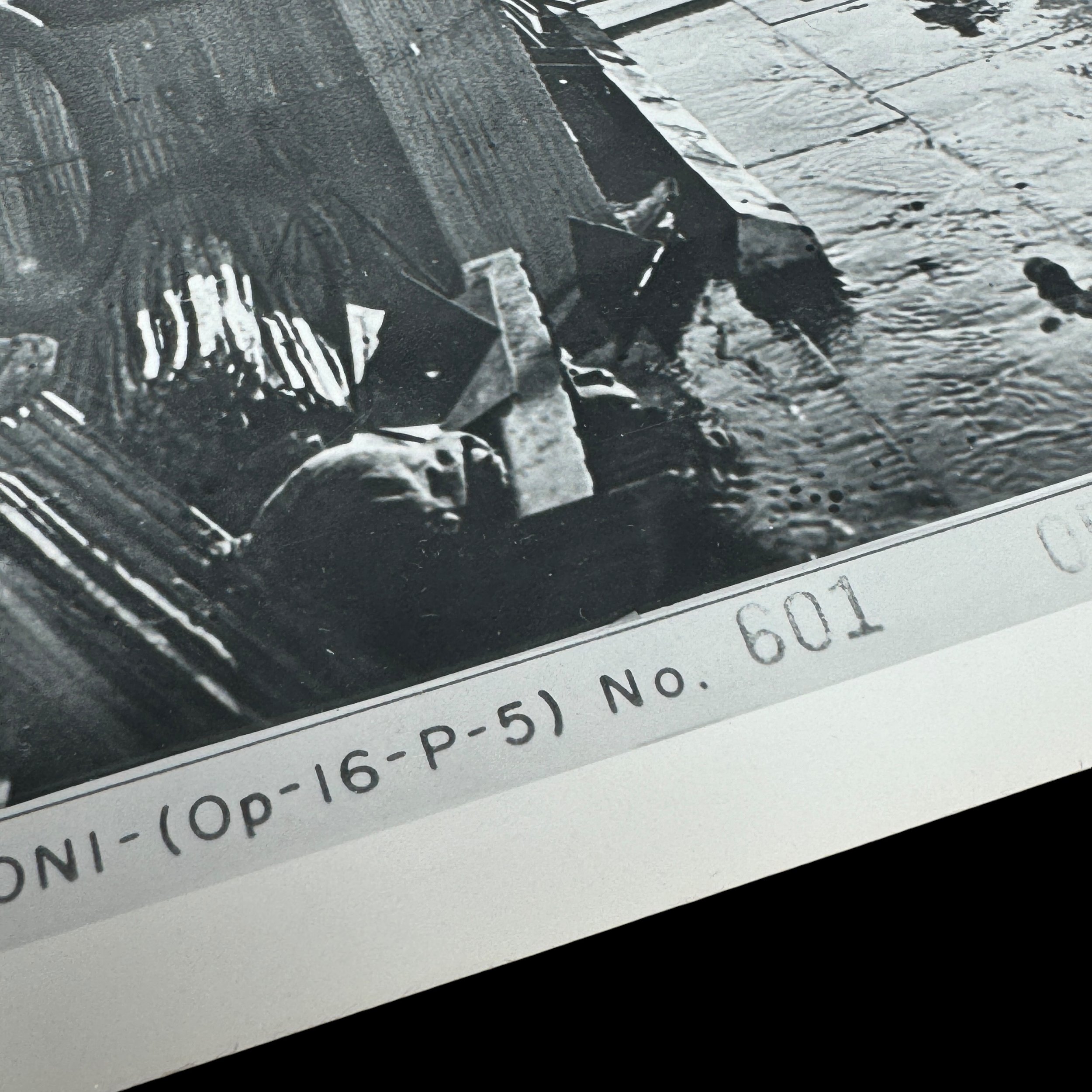
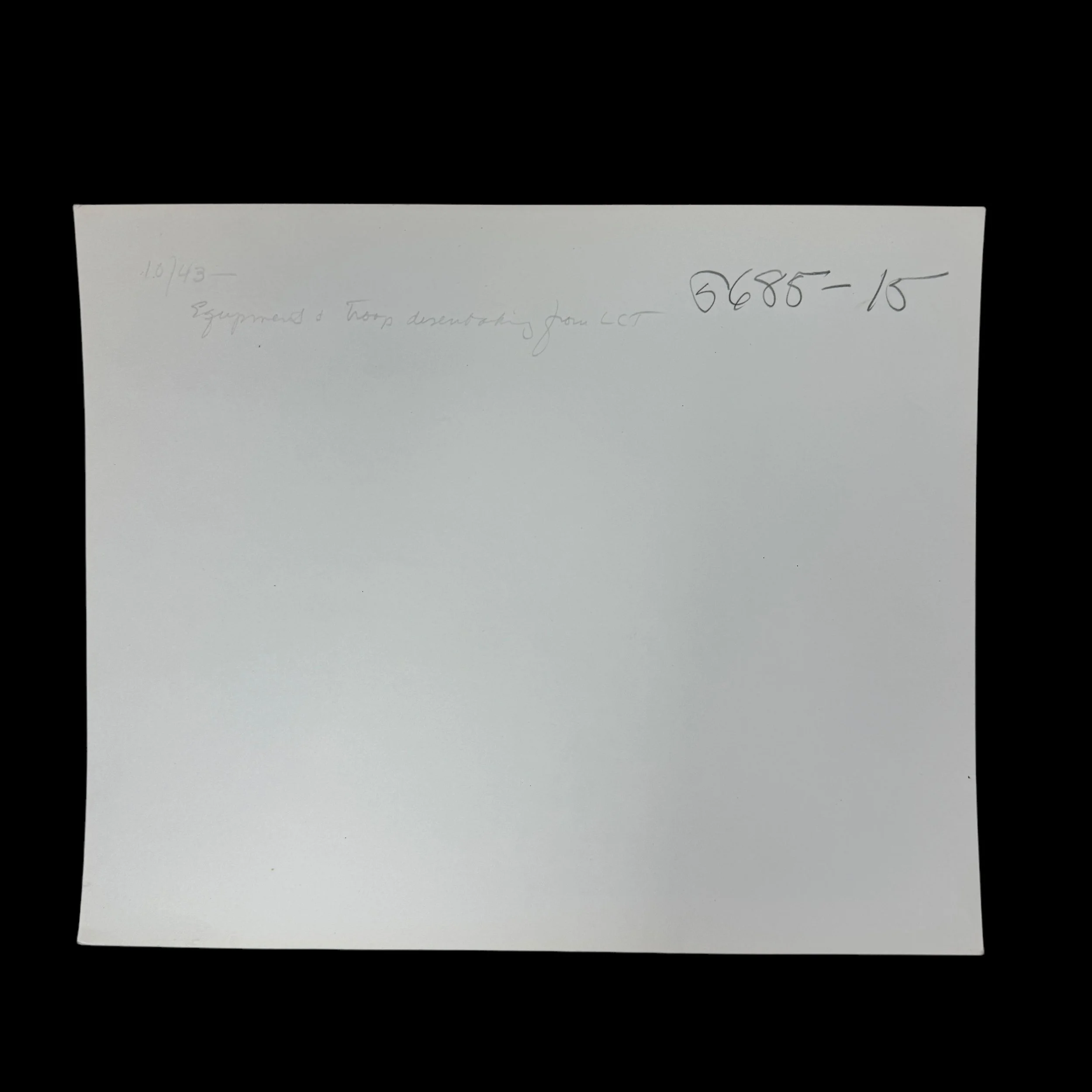
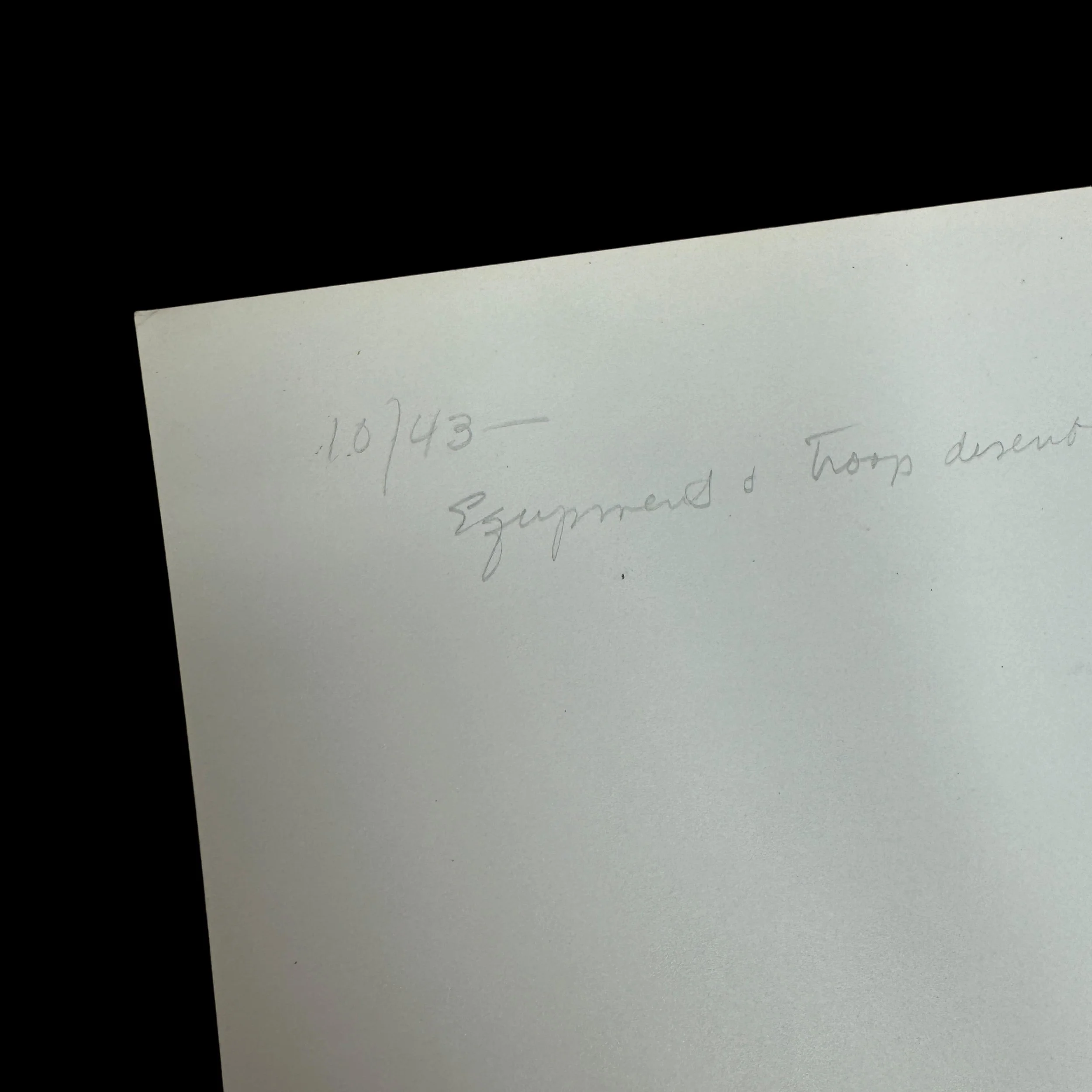
RARE! WWII 1943 "Type 1" Landing Craft Tank (LCT) Military Intelligence Combat Action 8x10 Photograph
Comes with hand-signed C.O.A. and a full historical write-up
Size: 8.25 × 10 inches
This incredibly rare and museum-grade TYPE ONE original military intelligence photograph of the WWII Landing Craft Tank (LCT). This rare Type 1 photograph showed a detailed view of the Landing Craft Tank in the combat zone.
The British Landing Craft Tank (LCT) in World War II: A Pivotal Innovation in Amphibious Warfare
World War II saw numerous military innovations that significantly altered the way battles were fought, particularly during large-scale amphibious operations. Among the most crucial technological developments of the war was the Landing Craft Tank (LCT), a type of vessel designed to transport and deploy tanks and other vehicles directly onto shore during amphibious assaults. For the British military, the LCT became a cornerstone of their amphibious warfare capabilities, enabling the rapid deployment of armored forces in key campaigns such as the D-Day landings at Normandy.
The story of the British LCT is a testament to wartime ingenuity, the coordination of Allied forces, and the logistical demands of the largest amphibious operations in history. This essay will explore the design, development, and operational use of the British LCT, highlighting its crucial role in the success of major Allied campaigns during World War II.
The Need for the LCT
The concept of amphibious warfare was not new, but World War II dramatically increased the scale and complexity of such operations. The development of armored warfare, particularly the use of tanks as a critical component of ground assaults, created the need for specialized vessels capable of delivering these vehicles directly onto beaches.
In the early years of the war, the British military recognized that if they were to conduct successful amphibious operations, they needed a way to land tanks on hostile shores without relying on the construction of piers or extensive port facilities. Traditional landing craft, which were primarily designed to transport infantry, could not accommodate the size and weight of tanks. This realization spurred the development of the LCT, a flat-bottomed, shallow-draft vessel specifically designed to carry tanks and other heavy vehicles.
Design and Development
The British LCT went through several iterations during the war, each improving on the last to meet the growing demands of amphibious operations. The first prototype was developed in 1940, following the evacuation of British forces from Dunkirk. The disaster at Dunkirk underscored the need for more efficient landing craft that could carry armored vehicles across the English Channel.
The initial designs, known as LCT Mk 1, were built hastily and had several limitations. They were relatively small, with a capacity of only three tanks, and lacked sufficient armor or firepower to defend against coastal defenses. However, these early models served as proof of concept and provided valuable lessons that informed subsequent designs.
By 1941, the British had developed the LCT Mk 2, which featured a larger capacity, carrying up to six tanks. These vessels also had reinforced armor and improved engines, making them more reliable and effective in amphibious assaults. As the war progressed, the LCT Mk 3, Mk 4, and Mk 5 models were introduced, each with increased carrying capacity, better protection, and more advanced engineering. The Mk 4, in particular, became the most widely used variant during the D-Day landings, capable of carrying up to nine tanks or a mix of tanks and other vehicles.
Operational Use
The British LCT played a critical role in numerous amphibious operations throughout World War II. These vessels were not only essential for transporting tanks but also carried artillery, trucks, and troops, making them a versatile tool in the Allied arsenal.
One of the first major operations to involve LCTs was Operation Torch, the Allied invasion of North Africa in November 1942. The ability to land tanks and other heavy equipment directly onto the beaches allowed the Allies to establish a strong foothold and maintain momentum in the campaign. However, the full potential of the LCT would not be realized until the D-Day landings at Normandy on June 6, 1944.
D-Day and the Normandy Invasion
The LCT was indispensable to the success of Operation Overlord, the Allied invasion of Normandy, which was the largest amphibious assault in history. On D-Day, more than 800 LCTs were used to land tanks, armored vehicles, artillery, and other equipment on the beaches of Normandy. These vessels were part of a massive armada that carried over 156,000 Allied troops across the English Channel to begin the liberation of Western Europe.
The British LCTs were instrumental in the landings at Sword, Juno, and Gold beaches, where British and Canadian forces were tasked with securing key positions along the coast. The ability to land tanks directly on the beaches allowed the Allies to quickly deploy their armored divisions and begin pushing inland, despite stiff resistance from German forces.
LCTs were not only responsible for landing vehicles on D-Day but also played a vital role in the logistical support that followed. After the initial landings, the LCTs continued to ferry tanks, supplies, and reinforcements to the Normandy beaches, ensuring that the Allied forces could sustain their offensive. Their flat-bottomed design allowed them to operate in shallow waters, making them ideal for landing at low tide and in areas where other ships could not go.
Challenges and Adaptations
While the LCT was a highly effective vessel, it was not without its challenges. The flat-bottomed design, while useful for landing on beaches, made the LCT more susceptible to rough seas. In stormy weather, these vessels could become unstable, and many LCTs were damaged or lost in transit. This was particularly evident during the Mulberry harbors' construction after D-Day, when a severe storm in June 1944 destroyed several LCTs and disrupted supply lines.
To address these challenges, the British made several adaptations to the LCT design. Some variants were fitted with extra armor to protect against coastal artillery, while others were equipped with rocket launchers or anti-aircraft guns to provide additional firepower during landings. Despite these modifications, the LCT remained vulnerable to enemy fire, and many were lost during amphibious operations. However, their contributions to the war effort far outweighed these losses.
Legacy and Post-War Use
The British LCT was not only a key asset during World War II but also left a lasting legacy in military history. After the war, LCTs continued to be used in various capacities by the British military and other Allied forces. They were instrumental in post-war operations such as the occupation of Germany and the repatriation of Allied prisoners of war. The design principles of the LCT also influenced the development of modern amphibious warfare vessels, and many of the lessons learned during World War II were applied to the design of future landing craft.
The LCT remains an iconic symbol of the amphibious assaults that defined the Second World War. Its ability to deliver tanks and heavy equipment directly to shore was a game-changer in military strategy, enabling the Allies to carry out successful landings on enemy-held beaches and ultimately contributing to the defeat of Nazi Germany.
The British Landing Craft Tank was a vital component of the Allied amphibious warfare strategy during World War II. From the initial development in response to the Dunkirk evacuation to its central role in the D-Day landings, the LCT demonstrated the importance of innovation and adaptability in wartime. Its capacity to transport tanks and other heavy vehicles directly onto shore made it an indispensable tool in the success of Allied operations, particularly during the Normandy invasion.
While the LCT faced numerous challenges, including vulnerability to rough seas and enemy fire, its overall contribution to the war effort was immense. The LCT's legacy lives on in the annals of military history, and its design continues to influence amphibious warfare today. Without the British LCT, the success of key Allied campaigns, particularly Operation Overlord, would have been far more difficult, if not impossible.